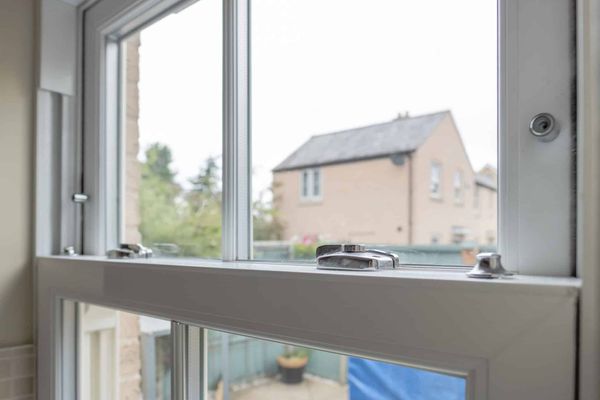When shopping for new windows, you'll often encounter terms like U-Factor, Solar Heat Gain Coefficient (SHGC), and Visible Transmittance (VT). These ratings are crucial for understanding a window's energy performance and choosing the right one for your needs. In this guide, we’ll break down the key window ratings, explain their importance, and help you make informed decisions for your home.
Understanding Window Ratings

Why Window Ratings Matter
- Energy Efficiency: How ratings affect your energy bills and comfort.
- Climate Suitability: Choosing windows with ratings that suit your local climate.
- Environmental Impact: The role of energy-efficient windows in reducing your carbon footprint.

Key Window Ratings and What They Mean
- U-Factor: Measures heat loss; lower values indicate better insulation.
- Solar Heat Gain Coefficient (SHGC): Indicates how much solar heat the window lets in; ideal values vary by climate.
- Visible Transmittance (VT): Measures the amount of natural light the window allows inside; higher VT means more light.
- Air Leakage (AL): Assesses how much air passes through the window; lower values are better for preventing drafts.

How to Interpret Energy Labels
- Energy Star Certifications: What they signify and how to find Energy Star-rated windows.
- NFRC Labels: How the National Fenestration Rating Council provides standardized ratings for performance.
- Comparing Ratings Across Products: Tips for analyzing labels to make the best choice for your needs.

Matching Ratings to Your Needs
- For Hot Climates: Focus on low SHGC and higher U-Factor.
- For Cold Climates: Prioritize low U-Factor for better insulation.
- For Mixed Climates: Balance SHGC and U-Factor for year-round comfort.
- Special Considerations: Windows for high-altitude areas, coastal regions, or areas prone to storms.
Common Myths About Window Ratings
- Myth: Higher VT always means better windows (why it depends on personal preference).
- Myth: Any Energy Star-rated window will work for any climate (the importance of regional certifications).
- Myth: Ratings don’t matter as much as installation (debunking this with examples).
Understanding window ratings is the key to choosing the best windows for your home. By knowing what U-Factor, SHGC, VT, and AL mean, you can select windows that optimize energy efficiency, comfort, and cost savings. Whether you're upgrading for better insulation in the winter, reducing heat gain in the summer, or improving overall home performance, these ratings provide the roadmap to making the right choice.
Ready to find the perfect windows? Start by checking energy labels and consulting with a professional for tailored recommendations.
